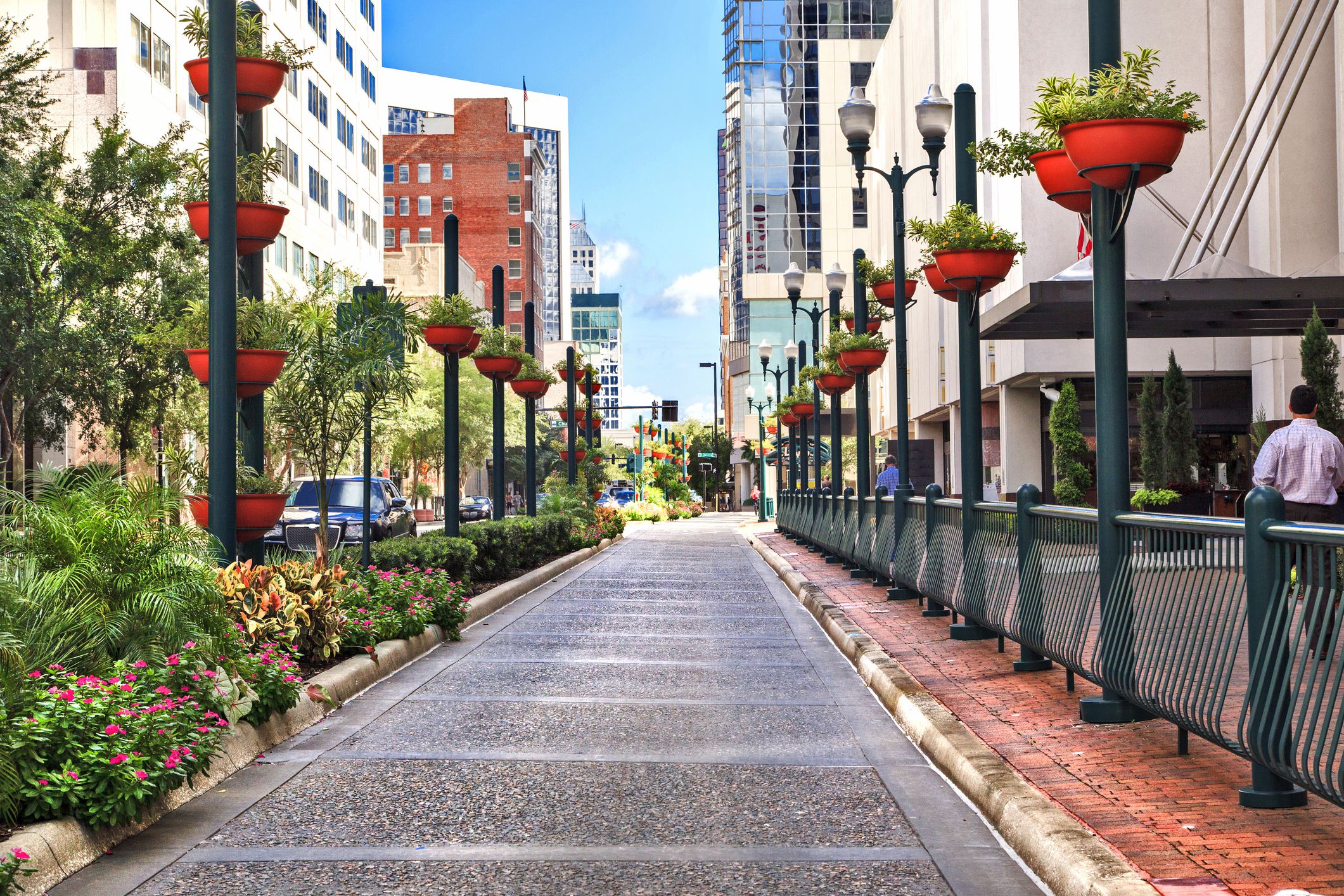The United States has an abundance of unique and vibrant cities, including the iconic skylines of Chicago and New York City. As large chunks of the population have moved towards urban centers, many U.S. cities have seen significant expansion away from the city center, thus developing the phenomenon of sprawling suburbs.
At least initially, many of these suburban settlements still followed a similar structure as that of major cities. Older suburbs of Detroit, such as Royal Oak, Ferndale, and, arguably, Ann Arbor, have clear and distinct town centers and are heralded for their walkability. Newer suburban areas, particularly among booming cities in the South and Pacific Northwest, have seemingly abandoned the idea of walkability, vibrancy, and suburban charm. Instead, newer suburbs, such as the suburb I grew up in, lack a distinct town center and community area. Instead, these regions comprise large single-family homes with endless prowl and little community relations. They are often anchored by large retail stores and strip malls that, while satiating the material needs of many people, do little to nothing to cultivate a positive community culture.
Beyond eroding the possibility of developing a tight-knit community, sprawling suburbs also come with substantial social and economic costs. The infrastructure required for suburban development, including roads, utilities, and public services, often results in higher expenses than those for maintaining infrastructure in denser urban areas, as newer suburbs, as a result of their sprawl, require a significantly larger area than an older, more compact suburb. Additionally, urban and suburban sprawl often prioritizes privacy and separation, which can lead to social isolation. The previously mentioned lack of communal spaces, alongside a reliance on cars, usually crushes most opportunities for social interaction, which is crucial for mental health and community cohesion, especially during a time in which declining mental health is becoming a reality for many families.
The reliance on cars in many sprawling suburbs has considerable physical health impacts alongside their negative implications for mental health. The car-dependent nature of sprawling suburban areas discourages physical activity, contributing to sedentary, inactive lifestyles that lead to serious health complications such as obesity, diabetes, and heart disease. While the use of cars for reliable transportation will likely continue for the foreseeable future, and while car usage isn’t inherently destructive for the physical health of people, in walkable cities, other modes of transportation, such as cycling and walking, are much more practical.
Beyond the potential positive health effects of walkable suburbs, the suburbs also offer several other crucial benefits. Environmentally, because of a decreased reliance on cars, it is reasonable to imply that walkable cities will reduce greenhouse gas emissions. Additionally, compact urban and suburban development conserves land and maintains green spaces, which can improve both the air quality and the city’s or suburb’s overall ecosystem.
Walkable areas offer not just health and environmental benefits, but also significant economic advantages. The reduced infrastructure requirements lower the financial burden on suburbs and cities. Walkable areas attract businesses and tourists, boosting economic growth. The presence of diverse businesses within walking distance enhances the local economy and creates job opportunities. This is in stark contrast to sprawling suburbs, which often rely on large chains and corporate stores. Walkable cities also foster social and community engagement, with public spaces becoming hotspots for community activity, enhancing the overall community relationship.
To redevelop walkable cities and suburbs, several policy initiatives may be considered to usher in this superior form of community development. Governments can implement policies that incentivize mixed-use development, where residential, commercial, and recreational spaces are integrated. This reduces the need for long commutes and encourages walking and cycling, as residents are no longer required to drive several miles to head to the closest grocery store, clothing store, or other community space. Policies that ensure zoning restrictions do not hinder the development of dense housing and development may allow for a larger amount of amenities within a walkable distance. Expanding and improving public transportation networks in suburban areas can reduce car dependency and promote walkability, and investing in additional development around public transit hubs further encourages walkable municipalities, as the proximity of transportation may reduce the incentive to rely on cars as the sole mode of transportation. Lastly, it is critical that suburban areas heavily invest in green spaces and parks, which can encourage outdoor activities and social engagement and enhance the city’s overall beauty.
The trend towards sprawling suburbs has undoubtedly ushered in significant downsides, including environmental degradation, increased infrastructure costs, lack of community dynamics, and adverse health impacts. Walkable cities, such as Royal Oak, Ferndale, and many mid-size suburban towns in the Northeast, offer numerous benefits, such as reduced emissions, economic vibrancy, stronger community relations, abundant gathering spaces, and improved quality of life. By incentivizing mixed-use development, investing in public transportation, and enhancing pedestrian and cycling infrastructure, suburban development can be transformed into vibrant, walkable communities with a clear town center, ample opportunities for community engagement, and an overall increased quality of life.
